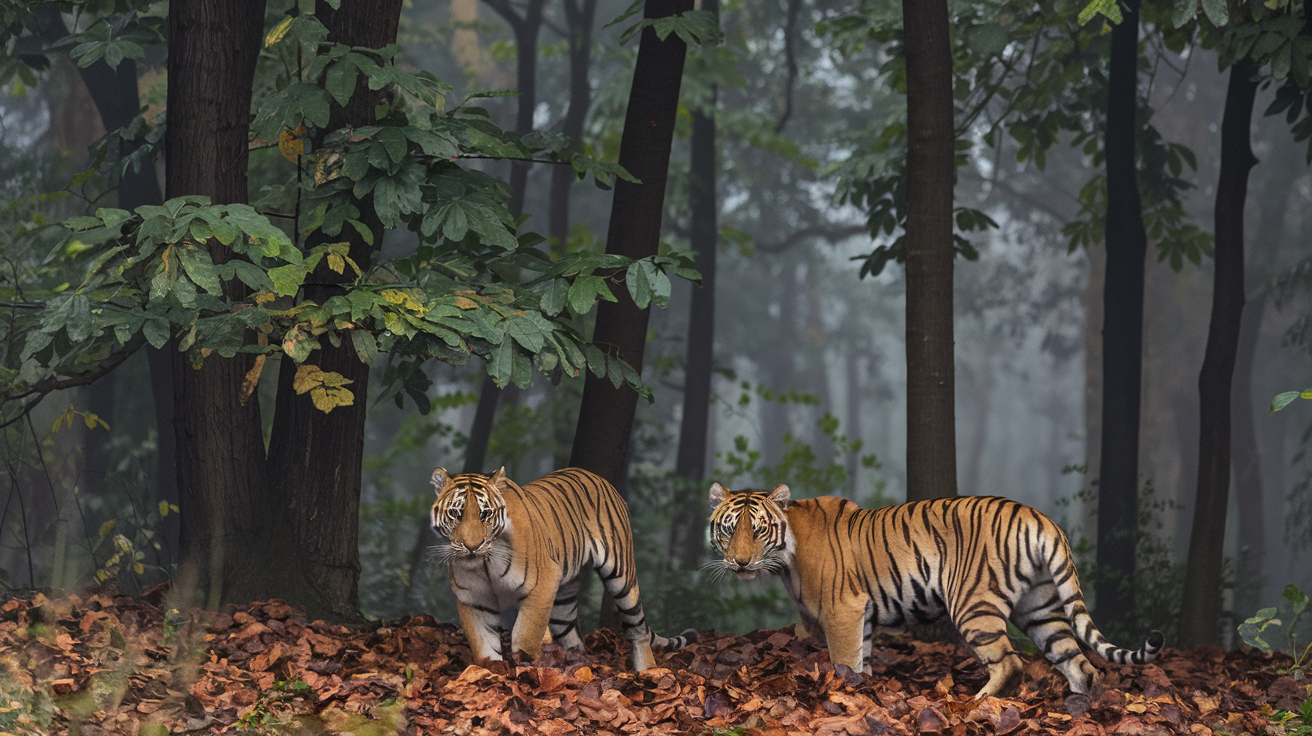
Bengal tigers inhabit diverse ecosystems, including tropical rainforests, grasslands, and the mangroves of the Sundarbans.However, their habitats are increasingly under threat due to deforestation, agricultural expansion, and human encroachment.Poaching driven by illegal wildlife trade and conflicts with humans further exacerbate their plight.Once widespread across Asia, the Bengal tiger population has been drastically reduced, leading to its classification as Endangered by the IUCN. Habitat loss and a shrinking prey base continue to challenge their survival.

Conservation efforts like Project Tiger in India, the establishment of protected reserves, and anti-poaching initiatives have been pivotal in protecting Bengal tigers. Public awareness campaigns and habitat restoration programs aim to ensure a sustainable future for these majestic creatures. As a cultural and ecological icon, the Bengal tiger not only represents the biodiversity of its habitat but also serves as a flagship species for wildlife conservation. Protecting the Bengal tiger is essential for preserving the delicate balance of nature and ensuring the survival of countless other species.
